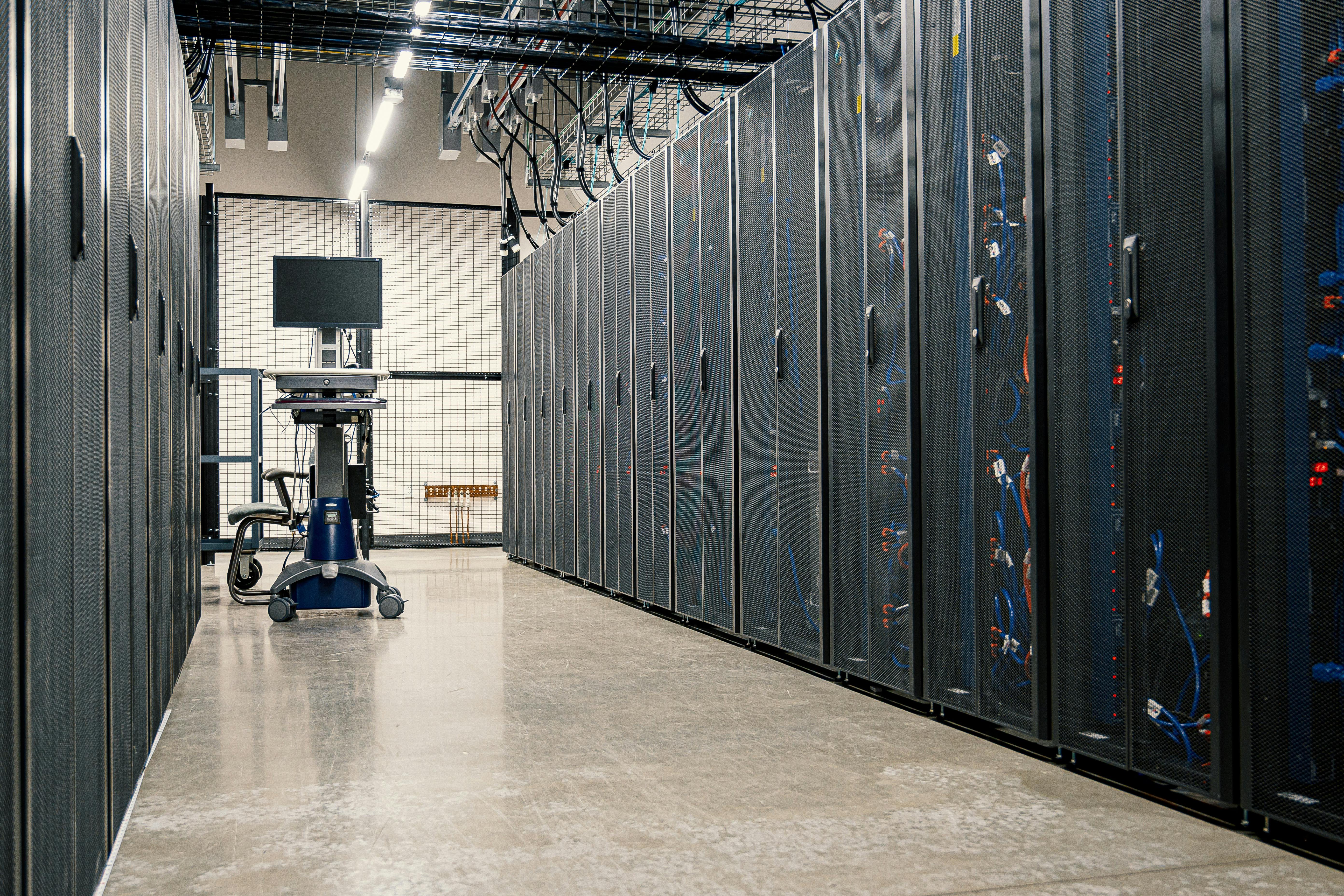Data: The Lifeblood of Modern AI
Behind every intelligent machine is an even more intelligent dataset. Data is no longer just a byproduct of digital systems — it's the cornerstone of artificial intelligence and the engine behind its growth.
In the early days of AI, algorithms were king. Today, data dictates how far and how fast your models can learn. The sophistication of large language models, computer vision systems, and recommendation engines is inseparable from the quality and diversity of their training data.

The Role of Data in Model Accuracy
AI learns by example. The more examples it sees; text, images, audio, or behavioral patterns, the better it understands context and nuance. High-volume datasets allow models to generalize across use cases, while high-quality, well-labeled data ensures that predictions remain grounded in reality.
However, quantity alone isn’t enough. Data must be representative, bias-aware, and cleaned. Garbage in, garbage out still applies,only now, the consequences can be mission-critical, from medical diagnostics to autonomous navigation.
“In AI, algorithms are the engine—but data is the fuel. Without clean, diverse, and meaningful data, even the most powerful model will fail to deliver.”
Data Infrastructure at Scale
At Singularity AI, we build infrastructure capable of ingesting, processing, and storing over a terabyte of data daily. Our data pipelines are designed for scalability, security, and compliance. Every record is validated, versioned, and monitored, because trust in AI starts with trust in data.
Ethical Considerations
With great data comes great responsibility. AI systems must respect privacy, consent, and fairness. We rigorously audit our data sources to ensure ethical acquisition and anonymization. Our commitment to transparency isn’t just good practice, it’s foundational to responsible AI.
Future Outlook
As AI continues to evolve, so will our data needs. Synthetic data, federated learning, and edge-based data collection are reshaping how we train and deploy models. The organizations that succeed will be those that treat data not as a one-time asset, but as a living, evolving part of their AI lifecycle.